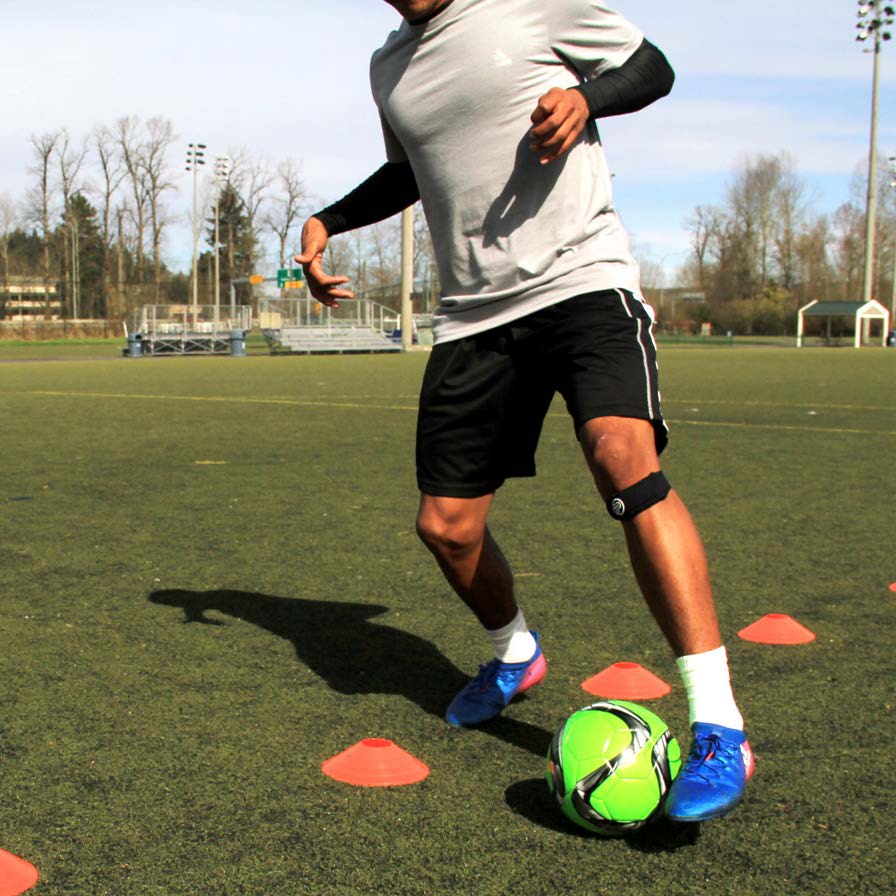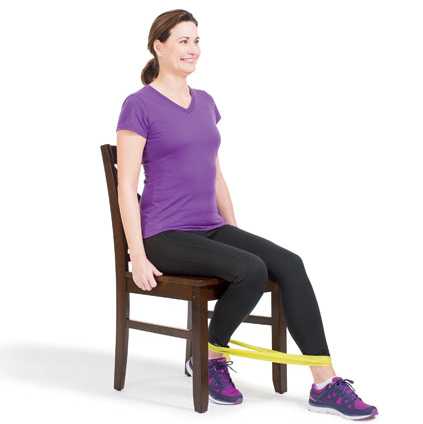Do you require any assistance? Simply reserve your appointment online below
Patellar Tendon Tear
Get back to your activity level
Tendons are strong cords of fibrous tissue that attach muscles to bones. The patellar tendon works with the muscles in the front of your thigh to straighten your leg. Small tears of the tendon can make it difficult to walk and participate in other daily activities.
Patellar tendon tears can be either partial or complete.
Partial tears. Many tears do not completely disrupt the soft tissue. This is similar to a rope stretched so far that some of the fibers are frayed, but the rope is still in one piece.
Complete tears. A complete tear will disrupt the soft tissue into two pieces.

Causes of patellar tendon tear

Steroid use. Using medications like corticosteroids and anabolic steroids has been linked to increased muscle and tendon weakness.
Tendon Weakness.A weakened patellar tendon is more likely to tear. Several things can lead to tendon weakness.
Jumping. The patellar tendon usually tears when the knee is bent and the foot planted, like when landing from a jump or jumping up.
Injury.A very strong force is required to tear the patellar tendon.
Falls. Direct impact to the front of the knee from a fall or other blow is a common cause of tears. Cuts are often associated with this type of injury.
Chronic disease. Weakened tendons can also be caused by diseases that disrupt blood supply i.e Chronic renal failure, Rheumatoid arthritis, Diabetes mellitus, Infection, Metabolic disease
Patellar tendinitis. Inflammation of the patellar tendon, called patellar tendinitis, weakens the tendon. It may also cause small tears.
Surgery.Previous surgery around the tendon, such as a total knee replacement or anterior cruciate ligament reconstruction, might put you at greater risk for a tear.
Symptoms of patellar tendon tear
When a patellar tendon tears there is often a tearing or popping sensation.
Pain and swelling typically follow, and you may not be able to straighten your knee.
Additional symptoms include:
An indentation at the bottom of your kneecap where the patellar tendon tore
Bruising, Tenderness ,Cramping
Your kneecap may move up into the thigh because it is no longer anchored to your shinbone
Diagnosis of Patellar tendon tear
Making the diagnosis of a torn patellar tendon is usually obvious on clinical examination. People who tear the tendon will be unable to extend their knee against gravity, and unable to perform a straight leg raise test. The doctor can usually feel the gap in the tendon, just below the kneecap.
An x-ray will be obtained, as a patellar fracture can cause similar symptoms, and should be excluded as a possible diagnosis. On the x-ray, the patella is usually up higher when compared to the opposite knee, as the quadriceps pulls up on the kneecap, and nothing is holding it down in its normal position. While often not needed, an MRI may be used to confirm the diagnosis and inspect the knee for any other damage that may have occurred.

You are in Great Hands
Treatment of Patellar tendon tear

Your doctor will consider several things when planning your treatment, including:
- The type and size of your tear
- Your activity level
- Your age
Nonsurgical Treatment
Nonsurgical treatment most often includes wearing a brace and physical therapy.
Immobilization. Your doctor may recommend you wear a knee immobilizer or brace. This will keep your knee straight to help it heal. You will most likely need crutches to help you avoid putting all of your weight on your leg. You can expect to be in a knee immobilizer or brace for 3 to 6 weeks.
Once the initial pain and swelling has settled down, physical therapy can begin. Specific exercises can restore strength and range of motion.
While you are wearing the brace, your doctor may recommend exercises to strengthen your quadriceps muscles. Straight-leg raises are often prescribed. As time goes on, your doctor or therapist will unlock your brace.
This will allow you to move more freely with a greater range of motion. You will be prescribed more strengthening exercises as you heal.

Surgical treatment of Patellar tendon tear
Most people require surgery to regain knee function. Surgical repair reattaches the torn tendon to the kneecap.
People who require surgery do better if the repair is performed soon after the injury. Early repair may prevent the tendon from scarring and tightening into a shortened position.

Hospital stay. Although tendon repairs are sometimes done on an outpatient basis, most people do stay in the hospital at least one night after this operation. The surgery may be performed with regional (spinal) anesthetic which numbs your lower body, or with a general anesthetic that will put you to sleep.
Procedure. To reattach the tendon, sutures are placed in the tendon and then threaded through drill holes in the kneecap. The sutures are tied at the top of the kneecap. Your surgeon will carefully tie the sutures to get the correct tension in the tendon.
